Five simple pillars demonstrate the basics of survival. Like legs on a table, each pillar is required to support anyone’s survivability. If one leg on a table is missing, the table wobbles until it fails. The same holds true for these basic pillars of survival. Unlike a table, some pillars are more important than others. How long you survive without a pillar of survival is an example of this.
Mankind is no stranger to survival, and has relied on these pillars for as long as we have… well… survived! We have developed both societal and practical tools to improve our survivability. This has somewhat eroded our understanding of basic, primitive survival over the years. Luckily, with a little preparation and know-how, we can easily grasp the basics of survival. We will talk about what the five pillars mean for survival, and how to use this knowledge to improve your own survivability.
The Five Pillars of Survival
It should come as no surprise since the pillars are founded on human survival instincts and tools that have been used for hundreds of thousands of years. Here are the pillars:
- Water
- Food
- Shelter
- Fire
- Self-Defense
Pretty basic, right? Here’s the thing though: which is most important?
It is an impossible question to answer.
Your answer should take into consideration risks and your current situation. Going back to the table analogy we used earlier- the most important pillar is the one you do not have.
We do know the body’s general limitations for literal survival, thanks to the survival rule of threes.
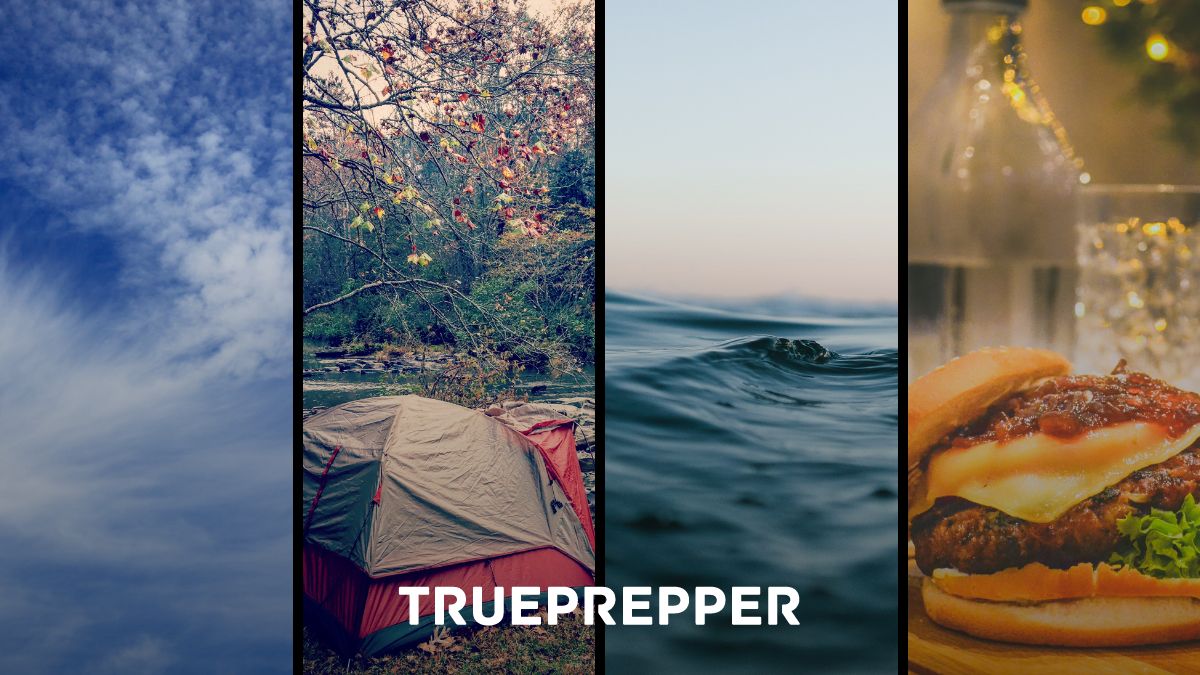
Water
Water is essential to survival. It is literally something you cannot live without. Around 2/3 of our bodies are made of water, so it is truly the element of life. Your activity level, body composition, and a slew of other characteristics unique to you make the amount of water you need vary.
The typical person can only last 3-4 days without water. That’s it. Not a long time at all. Heat exposure can reduce this to even less. It’s a good thing water is readily available ahead of time. You’ve probably read how much water you need when preparing to survive.
One gallon. Per person. Per day. Double it.
This allotment does not include the idea that during times of survival and reliance on prepping supplies, our bodies will be stressed. There will be plenty of work to do in times of disaster, and you do not want to end up dehydrated. This amount also doesn’t include non-potable uses such as cooking and hygiene. So a good revised target is:
Two gallons. Per person. Per day.
How many days? That is up to you. Two weeks’ worth is the minimum suggestion for a basic survival kit. Once you get up to about a month of water storage, rainwater collection paired with filtering, boiling, and disinfecting solutions can extend your capabilities without tying up valuable space.
Storage containers for water are important. Water weighs a lot and takes up a good amount of space. Unlined or uncoated metal storage containers can rust, and plastic storage containers can leech. Plastic containers made out of HDPE (High-Density Polyethylene – designated by a #2 recycling symbol) are least likely to leech plastic particles into your water supply.
Luckily, we have a handy water calculator and some guides on water storage containers:
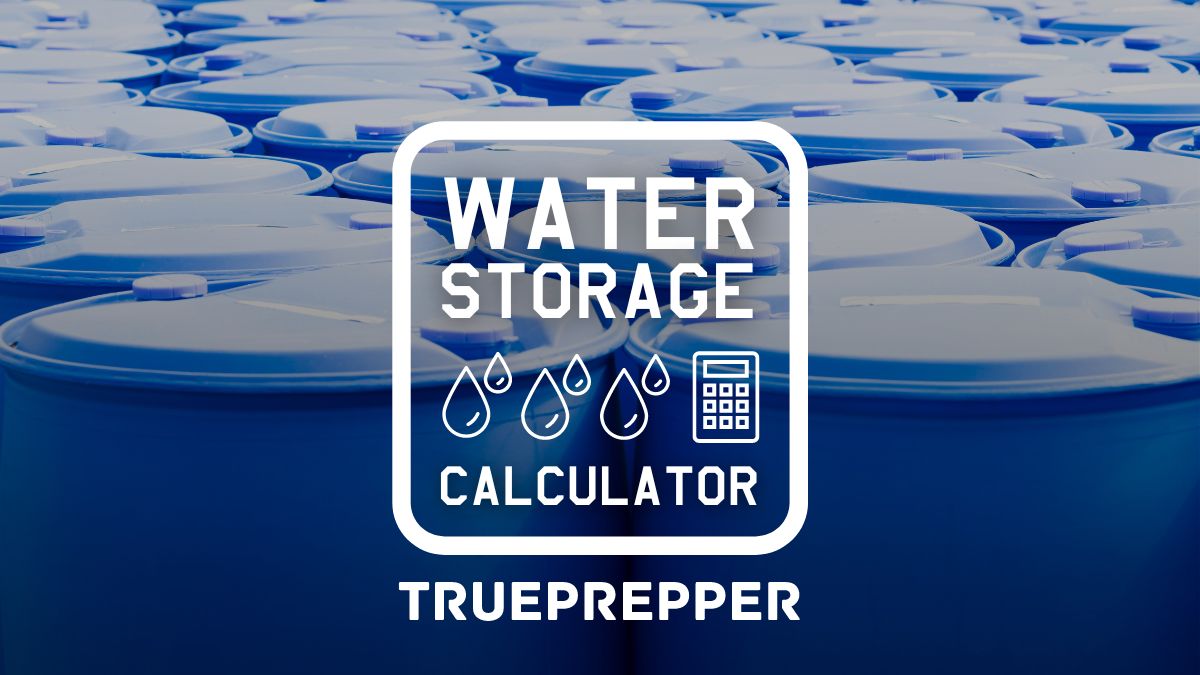
Water Storage Calculator
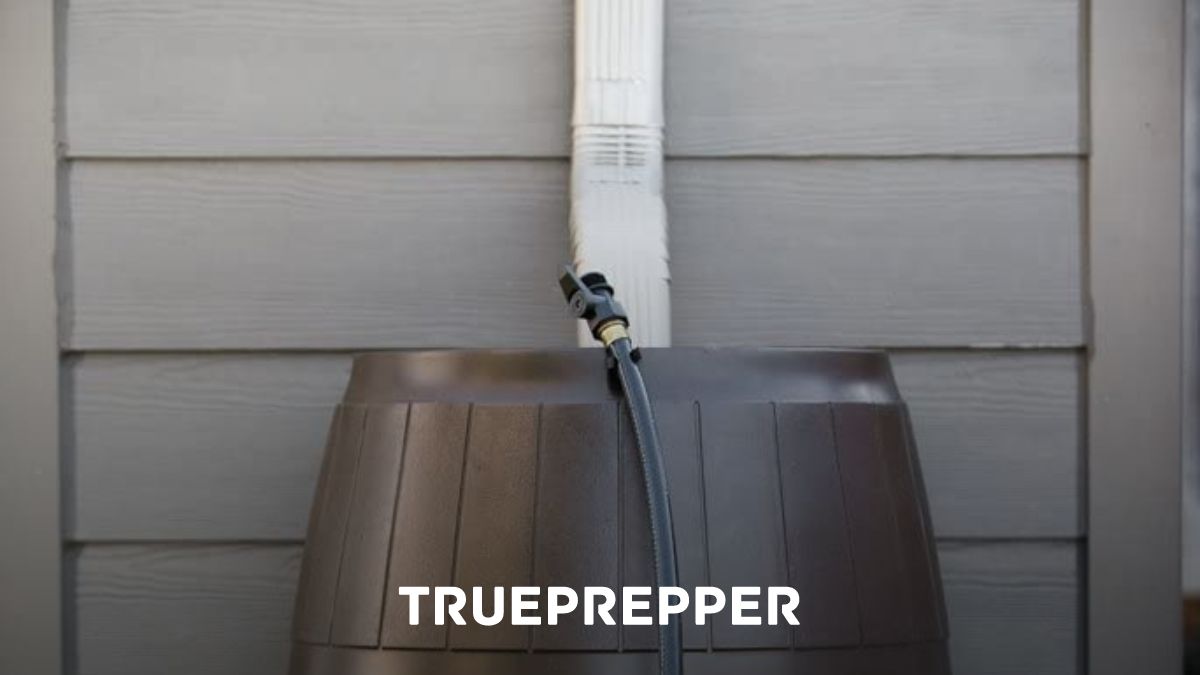
Best Rain Barrels
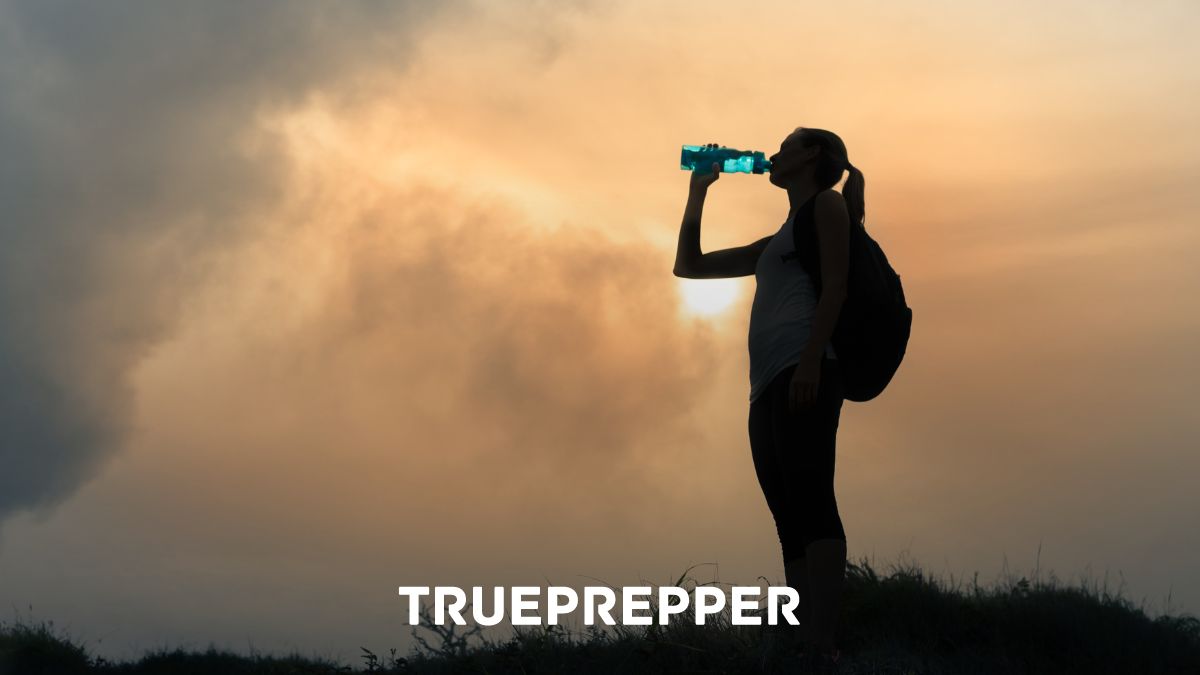
Bug Out Bag Water Storage
Food
This pillar is one of my personal favorites because let’s face it: who doesn’t love eating? Your body craves it for energy, and we are blessed to be able to eat a wide range of flora and fauna on this great Earth.
Gandhi survived 21 days without food by starving himself. In a disaster or survival situation, we won’t have the luxury of acting like Gandhi. We will need to refuel after long, hard days of punishing our bodies for getting stuff done. Starvation is not a fun exercise, and it can do a whole lot more than just decrease your energy levels. Permanent organ damage, decreased brain function, and most obviously: death can result from not having food for fewer days than Gandhi. Especially if you are not just sitting around meditating.
Calories, proteins, and fats are king here and we can’t forget the importance of balanced nutrition to meet vitamin and mineral needs. Long-term food storage is a science on its own. It is the most complicated of the pillars of survival given that food is not easy to store, maintain, and meet nutritional requirements.
We have an entire plan and checklist dedicated to food storage, so it should help you kickstart that part of your preparedness:
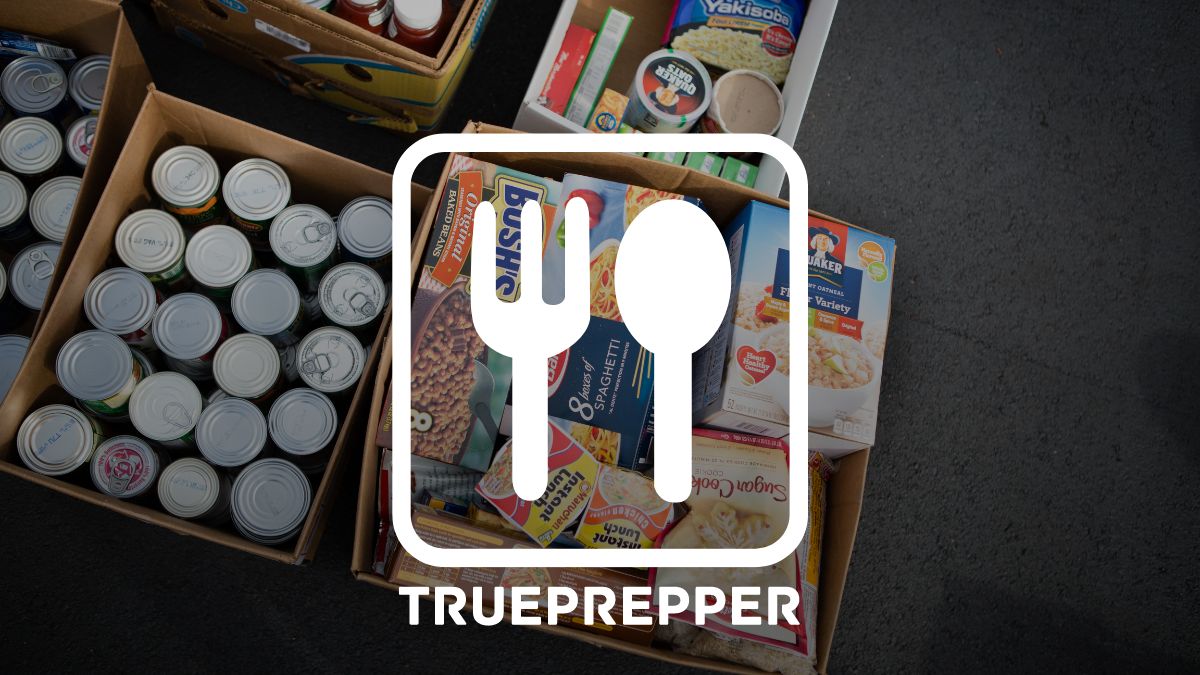
Shelter
This pillar is one that is often cast off as optional and less important. Sure, given a specific situation, shelter may not be an immediate priority, but it is still important. I feel that those that brush off the importance of the shelter ‘pillar’ do not understand the scope.
Shelter, as it pertains to survival, includes everything that protects your body from the elements. This could be a house, tent, lean-to, poncho, or a leaf you are holding over your head. Shelter is the catch-all solution for the unknowns survival can throw your way. Hurricane on its way? You need shelter.
Shelter can protect you from:
- scorching or frigid temperatures
- sun overexposure
- wind burn
- rain and other inclement weather
- storm debris
- predatory animals and humans
- insects
- (This list can go on and on…)
I think everyone gets the point. Shelter can be climbing a tree to escape a bear (not always a smart move), or hunkering down in your home during a storm. It can be wearing a wool sweater during a blizzard or that SPF 100 sunscreen on your nose at the beach. You are sheltering your body either way.
Shelter can be prepared for in the survival sense by packing that sunscreen in your bug out bag and treating your bug out clothes with permethrin. It can be prepared for by having a tarp, survival towel, and survival bivvy on hand.
Tarps, wool blankets, and 550 paracord are extremely versatile solutions for everything shelter related.
Fire
According to Greek mythology, fire is a gift to us from the Titan Prometheus against the will of Zeus. As punishment, Prometheus has his insides pecked away by eagles for eternity, so it just goes to show that the Greeks knew that fire is a pretty powerful tool.
Fire can be taken for granted these days. With electricity and gas on tap, cooking, and heating are a breeze. Take these modern accommodations away and will you still easily be able to create a fire? For how long?
Preparing quick ways to start a fire (matches and lighters) should also be paired with more sustainable methods (ferro rods and bushcraft training). Lighters and matches are fast but are consumable methods that have the potential to run out. Meanwhile, a ferrocerium rod can create over 30,000 sparks. Learning the different types of wood and primitive fire-starting methods can give you a lifetime of embers.
Check out the 16 Ways to Start a Fire Without Matches.
Self Defense
What is the point of survival? It’s a heavy question. Despite the answer, I think we can all agree that quality of life matters. Living in isolated captivity could be surviving, but it is not desirable. This is one area where self-defense comes into play. The ability to alter your situation with defense tools and training can make your life enjoyably livable.
There is also the obvious benefit here: self-defense can keep you alive. Protecting yourself and those you care about is a key concept for survival. Whether it is from humans or animals, self-defense is not always pretty, but it has been necessary since the beginning of humanity.
The Final Word
The 5 Pillars of Survival are a good starting point for understanding what is needed on a very basic level. Pillars of survival are merely meant to provide a thought framework for preparedness- not to base every decision on.
Our subscribers have also found these reads useful:
- The Survival Rule of 3 | Air, Shelter, Water, & Food
- 11 Common Bad Habits Every Prepper Needs to Break
- Survival Deals and Coupons for Preppers [Updated Daily]
Keep exploring, stay prepared, and be safe.
You’ve Been Missing Out
Join the 2+ million preppers that rely on our prepping advice by subscribing to TruePrepper.
- Practical guides and tips
- Useful survival giveaways
- Free, forever
- < 0.4% of people unsubscribe
Thanks for subscribing, reading, and welcome to the club.
The post The Five Pillars of Survival appeared first on TruePrepper.
By: Rusty Collins
Title: The Five Pillars of Survival
Sourced From: www.trueprepper.com/pillars-of-survival/
Published Date: Tue, 08 Aug 2023 12:48:38 +0000
-------------------------------------------------------------------------
Did you miss our previous article...
https://outdoorsnewswire.com/survivalist/taser-laws-in-illinois-what-you-need-to-know
 CampingSurvivalistHuntingFishingExploringHikingPrivacy PolicyTerms And Conditions
CampingSurvivalistHuntingFishingExploringHikingPrivacy PolicyTerms And Conditions
